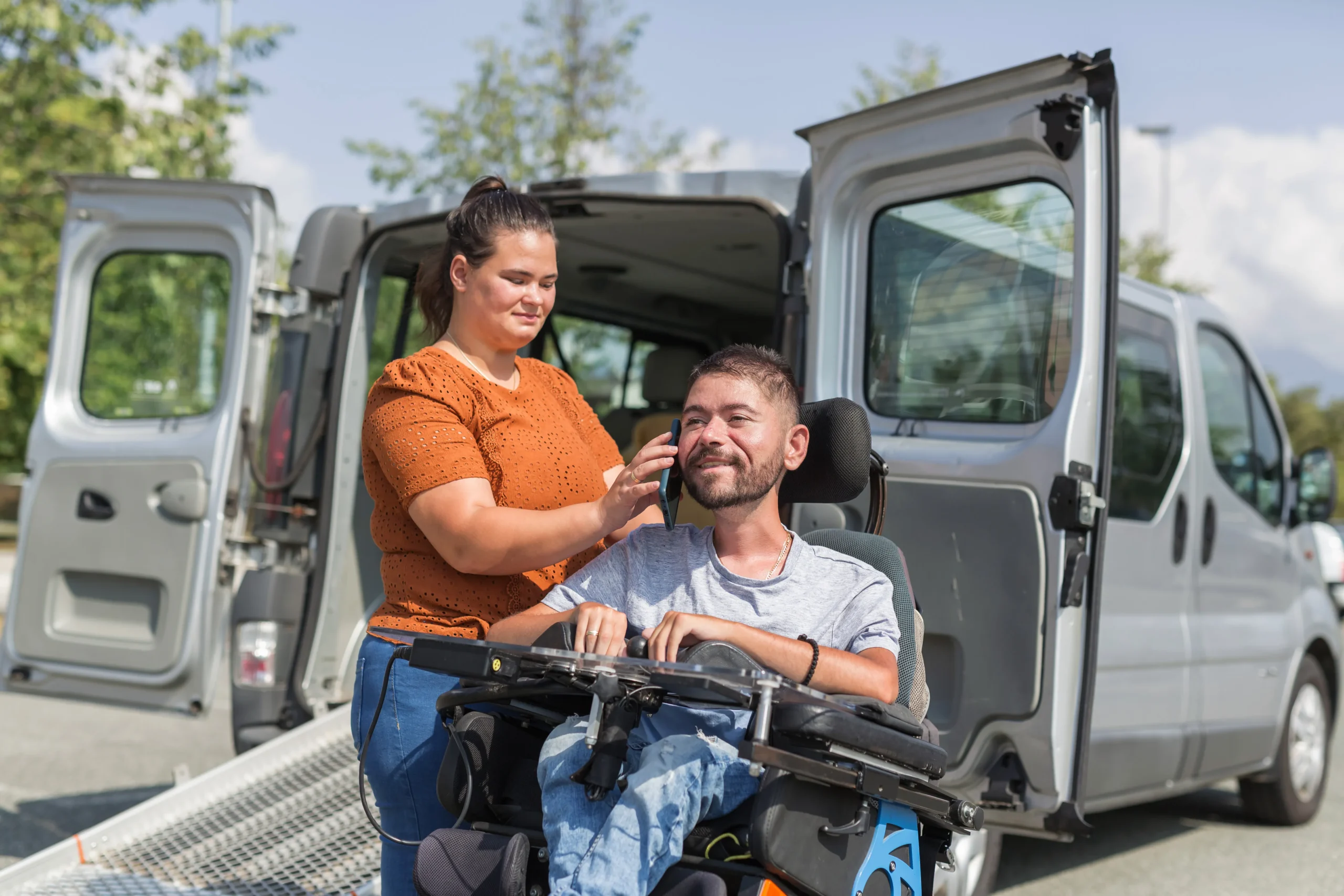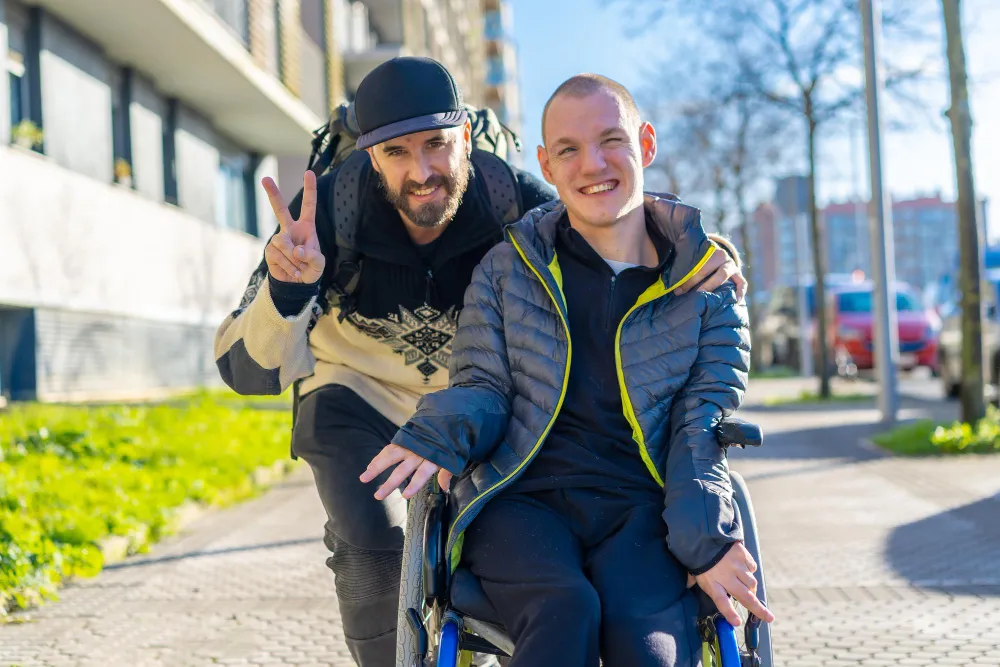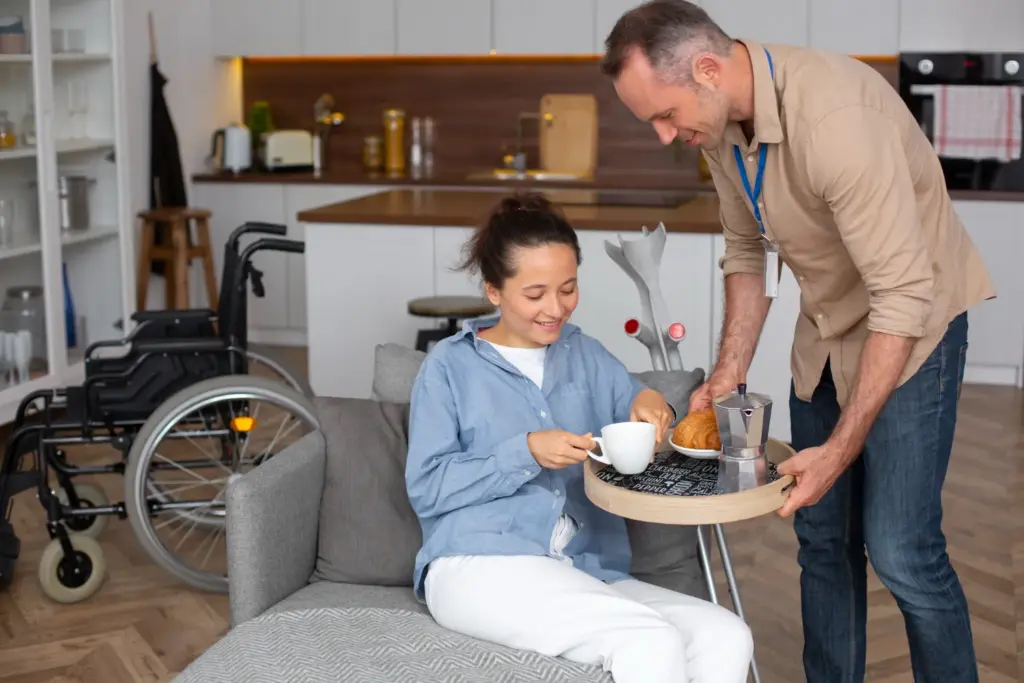Respite care, also known in the NDIS as Short-Term Accommodation (STA), is more than just a temporary break for families and carers. It’s a vital support that allows carers to recharge while ensuring participants continue receiving the care, supervision, and opportunities they need to thrive. For many families, respite is the bridge that sustains long-term wellbeing—offering peace of mind that their loved one is supported in a safe and engaging environment.
But what exactly does NDIS-funded respite include? This is a common question, especially for new participants or carers trying to make sense of their plan. The answer can sometimes feel unclear because respite isn’t a “one-size-fits-all” service. Instead, it’s tailored to both the participant’s disability-related needs and the broader goals outlined in their NDIS plan.
At its core, respite under the NDIS is designed to cover the essentials:
- Accommodation in a safe, short-term setting.
- Personal care and support with daily living.
- Meals and nutrition support, either provided or assisted.
- Supervision and safety monitoring to ensure wellbeing.
- Opportunities for activities that foster independence, learning, and social connection.
Unlike traditional aged-care-style respite, NDIS-funded respite has a more goal-driven focus. That means it isn’t just about giving carers a break, but also about ensuring participants have opportunities to develop skills, build confidence, and engage with their community while away from home.
Related: How Much Does Respite Care Cost Per Day in Australia?
Understanding NDIS-Funded Respite
NDIS respite is officially referred to as Short-Term Accommodation (STA), but many participants and carers still use the term “respite” because it captures the essence of what this support is designed for — giving carers a break while ensuring participants are safe, supported, and engaged.
At its simplest, respite is a temporary arrangement where the person with disability stays in a different location, often with professional support staff, for a set period of time. During this stay, their daily needs are met, and they may also take part in planned activities that align with their goals.
How Respite Fits Into the NDIS
Respite is part of the Core Supports budget, which means it’s flexible and can be used in ways that best support both the participant and their informal support network. The NDIS typically funds:
- Up to 28 days per year,
- In blocks of up to 14 consecutive days,
- That can be spread across the year to suit individual needs.
This flexibility means some families may choose shorter, regular weekend breaks, while others may prefer longer stays during particularly busy or stressful periods.
More Than Just “Time Off”
It’s important to understand that NDIS respite isn’t only about giving carers a rest. It’s also about providing participants with:
- Opportunities to build independence (like practicing cooking or managing routines outside their home).
- Social interaction with peers, support workers, or group activities.
- Exposure to new environments that can improve adaptability and confidence.
This dual focus — supporting carers while also enriching the participant’s experience — is what sets NDIS-funded respite apart from traditional respite care models.
Related: Who Is Eligible for NDIS Respite Care?
Core Supports Covered in NDIS Respite

When people hear the term “respite,” they often picture simply a place to stay. But under the NDIS, respite (or STA) is designed to be comprehensive, covering all the essentials someone might need while away from their usual home. The aim is to ensure that participants are safe, supported, and given opportunities to maintain or even build their independence.
Here are the key supports typically included in NDIS-funded respite:
1. Accommodation
At the heart of respite is short-term housing. This might be a dedicated respite centre, a group home setting, or even a hotel-style arrangement depending on the provider. The accommodation is expected to be:
- Safe and accessible, with disability-friendly facilities.
- Comfortable enough to support both rest and participation in activities.
Accommodation costs are bundled into STA funding, so families don’t have to worry about separate payments for the stay itself.
2. Personal Care
Daily living support is a critical part of respite. Trained support workers assist participants with everyday activities such as:
- Showering, toileting, and dressing.
- Taking medication correctly and on time.
- Support with mobility or the use of aids.
The level of personal care varies depending on the individual’s needs, but it ensures continuity of support even when the participant is away from home.
3. Meals and Nutrition Support
Food and nutrition are also covered. This may include:
- Provision of meals by the respite service.
- Assistance with grocery shopping and meal preparation as a skill-building activity.
- Support to maintain dietary requirements or specialist nutrition plans.
This not only keeps participants healthy but can also be used as a way to practice independence skills like cooking or menu planning.
4. Supervision and Safety
Another cornerstone of respite is the peace of mind it offers carers. Participants are supervised and supported throughout their stay. This may mean:
- Round-the-clock staff availability.
- Sleepover or active overnight support, depending on the participant’s needs.
- A structured environment that prioritises safety and wellbeing.
5. Activities and Engagement
Respite isn’t just about maintaining routines — it’s about enhancing quality of life. Many providers offer activities such as:
- Group outings (parks, movies, community events).
- Creative workshops or skill-based programs.
- Recreational opportunities tailored to the participant’s goals.
This aspect ensures participants don’t just “get by” during respite, but thrive through social connection and engagement.
Related: What Is Respite? A Guide for NDIS Participants and Families
Social and Community Supports

One of the most valuable parts of NDIS-funded respite is that it goes beyond simply meeting basic needs. Respite stays are designed to give participants opportunities to connect, engage, and grow, ensuring the time away from home is meaningful rather than just functional.
Building Social Connections
Many respite programs incorporate group-based activities where participants can meet new people, interact with peers, and strengthen their social skills. For example:
- Participating in group outings to local events or community centres.
- Attending social skill-building workshops.
- Spending time with other participants in shared accommodation settings.
These experiences can reduce feelings of isolation, while also giving carers confidence that their loved one is building friendships and networks.
Community Participation
Respite is also a gateway to community involvement, which is a key goal in many NDIS plans. Depending on the provider, participants may take part in:
- Recreational outings like sports, art classes, or visiting local attractions.
- Volunteering or skill-based community activities that build confidence.
- Structured programs that encourage independence while being out in the community.
This not only aligns with participant goals but also builds resilience and adaptability.
Developing Life Skills
Respite stays often include opportunities for participants to develop or strengthen their independence. This might mean:
- Practicing cooking simple meals with support staff.
- Learning to manage personal routines away from home.
- Taking responsibility for small daily tasks within a safe environment.
These experiences can have long-term benefits, helping participants transition into Supported Independent Living (SIL) or other independent arrangements in the future.
Supports NOT Included in NDIS Respite

While NDIS-funded respite (STA) is quite comprehensive, it’s equally important to know what it doesn’t cover. This helps families avoid confusion and ensures they plan realistically around their NDIS budget.
Holidays and Leisure Trips
Respite is designed to meet disability-related needs and support carers, not to pay for family holidays or personal leisure travel. For example:
- A weekend away for the participant in an STA setting is covered.
- A family trip to a holiday resort for relaxation is not.
The key difference is whether the stay is structured around disability support and aligned with plan goals.
Medical or Hospital Care
If a participant requires specialist medical treatment or hospital admission, this is not covered under respite. While support workers can help manage medication or everyday health needs, clinical care remains outside NDIS funding.
Non-Disability Related Costs
The NDIS only funds supports that are considered “reasonable and necessary” for disability-related needs. That means:
- Extra entertainment costs (like concert tickets or theme park passes) are generally excluded unless they directly support a goal.
- Travel not linked to respite services (e.g., flights for family holidays) won’t be funded.
Extended or Permanent Care
Respite is short-term by design. If a participant requires long-term or permanent accommodation, that falls under other supports such as Supported Independent Living (SIL) or different housing options.
Conclusion
NDIS-funded respite, or Short-Term Accommodation (STA), is far more than a temporary break. It’s a vital support that ensures carers have time to rest and recharge while participants continue to receive care, supervision, and opportunities to thrive. From accommodation and meals to personal care, supervision, and meaningful activities, respite is designed to meet both immediate needs and long-term goals.
Understanding what’s included — and equally what isn’t — helps families plan effectively. By aligning respite stays with NDIS goals, choosing the right provider, and using funding flexibly throughout the year, participants and carers can truly make the most of this support.
At its heart, respite is about balance. It keeps carers strong and supported, while giving participants the chance to grow, connect, and experience life beyond their usual routine. When used well, respite becomes more than a service — it becomes a lifeline for families navigating the challenges of disability support.
